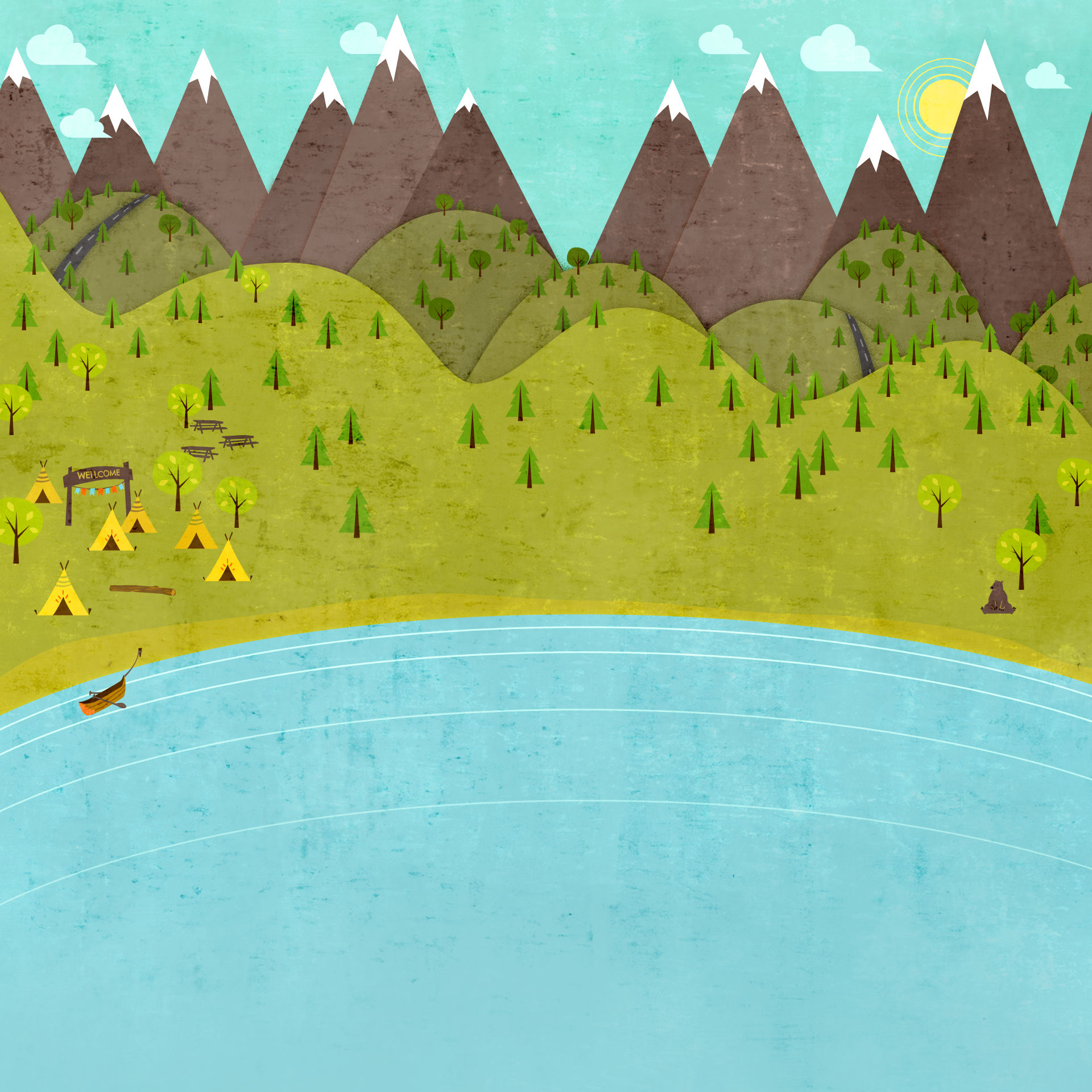

Growing Independence and Fluency
Flying into Fluency
Growing Independence and Fluency Design
By Savannah Adcock

Student Name
Date
Student read three times
____ / 1
Student responded to reading comprehension questions.
Student improved fluency
Student improved accuracy
Total
____ / 5
____ / 1
____ / 1
____ / 1
Student filled out Partner Progress Sheet for partner
____ / 1
Rationale: This lesson will help student practice reading and rereading texts in order for them to become more fluent readers. Fluency allows readers to focus on comprehending a text and can be recognized as faster, smoother, more expressive reading with automatic word recognition. Fluent readers read quickly, automatically, and with expression. This lesson will help students gain the ability to read fluently through silent reading and rereading the text with a partner and improvements will be measured using the formula: (words read x 60/seconds), then tracked with a fun fluency chart.
Materials:
1. The book: The Berenstain Bears Get the Gimmies by Stan and Jan Berenstain (one for each student pair and one for the teacher)
2. Stop watch/timer for each pair of students
3. Partner Progress Sheet and Story Response (Below)
4. Copy of book on the smart board to model fluent reading
5. Copies of book (one for the students to read and one for each student for the teacher to record on)-Fluency checklist (to pass out to students)
6. Reading fluency chart for each student and stickers
Procedure:
Explain: “Good readers read fluently, which means they are able to read quickly, automatically, and effortlessly. In order to become a fluent reader, we must practice repeated reading by reading and rereading chapters or whole books until we become familiar with them. This helps us to recognize words automatically and allow us to read with expression.”
Model: “I’m going to read a part of a book for you a few different ways and I want you to tell me which reading sounds best.”
(Read passage once slow and choppy, making sure to include mistakes). “T-a-d-'s mom s-e-nt him to W-a-g-o-n Hill. The-r-e, oh! There. There was a well. Tad had to c-r-a-nk, crank a b- u-ck-e-t, b-uck-et, bucket up from the well."
(Read passage again without errors, but do not include expression.) “Tad's mom sent him to Wagon Hill. There was a well. Tad had to crank a bucket up from the well.”
(Read one last time adding smoothness and expression). “Tad's mom sent him to Wagon Hill. There was a well. Tad had to crank a bucket up from the well.”
Take a class poll by asking for a show of hands. “Who thought the first reading sounded the best? (Allow students to vote). What about the second? (Allow students to vote). Who thought the third reading was the best? (Allow for vote). Why was the third the best? (Allow for student response). Right! The third sounded the best because it was smoother, faster, and even included expression. When I read fluently, it was a lot easier to understand what I was reading!”
Explain: “During the first reading, if I came to a word I didn’t know, I did my best to decode the word and then finished the sentence. After finishing the sentence, I used context clues to help me figure out the difficult word. This self-help strategy is called crosschecking. To crosscheck, it is important that I also go back and look at the word I had trouble with so I can remember any silent letters or funny pronunciations. That way, I’ll know how to read the word next time I see it! Eventually, this word will become a sight word, that means as soon as you see it, you can read it! The more sight words we have stored in our brains, the faster we can read and become fluent.”
Explain: “Now, we are going to read Now I am going to have you all practice reading fluently! Today we are going to be reading The Berenstain Bears Get the Gimmies. Brother and Sister Bear want everything in sight, and they throw fits when they don't get what they want. So Mama and Papa deal with this by teaching the cubs about the family budget and the importance of appreciating all that they have already. Let’s find all about the lesson Mama and Papa Bear teach the cubs!”
Students will read with a partner. Display directions on the board or overhead projector: Each pair will receive 2 Partner Reading Progress Check Sheets, 1 stopwatch, and 2 copies of book.
Directions: After each partner gathers the correct materials, one partner will retrieve a stopwatch while the other partner counts, and double-checks, all the words in the first chapter of the book. Write this number at the top of both Partner Reading Progress Check Sheets.
One partner will take a turn reading through the whole book one time while the other partner uses the stopwatch to time his or her friend’s reading. Then, the partners will switch jobs and the partner who has not read yet will read the whole chapter one time.
Fill out your Partner Reading Progress Check Sheet.
Continue switching jobs, with one partner reading while the other partner keeps the time and listens for mistakes, until each partner has read the book THREE times.
Once each partner has taken three turns to read, take your partner progress sheet from you partner and decide which turn was read the smoothest with the fewest mistakes. Return to your desk.
After you go back to your desk, write the answers to the reader response questions at then end of your progress sheet. Make sure to answer with complete sentences.
When I call your name, bring your book to me so we can check your fluency progress and put it on your chart to see your improvement! After you are done go back to your desk and finish your response questions. Place your answers to the comprehension questions in the tray by my desk.
Assessment: To assess the students, I will call students to my desk one by one to individually read a passage of text to me that they have already been reading with their partner. I will record how long it takes the students to read the 121 word passage provided below. I will record the student's words per minute on a chart (word per minute is calculated by words read multiplied by 60, divided by however long it took the students to read. Words x 60 / seconds). When the student receives his or her words per minute, they will then move their marker along their chart according to the students’ WPM and personal set goals. I will review each student's responses to the reading response questions and the Partner Reading Progress Check Sheet to assess each student using a rubric.
Print Partner Progress Sheet and Story Response
Print Growing Independency and Fluency Rubric
Partner Progress Sheet and Story Response:
Partner Reading Progress
Reader Name:
Checkers Name:
Total words in the chapter:
1. Tally Marks:
total words - tally marks = words
words in seconds
2. Tally Marks:
total words - tally marks = words
words in seconds
3. Tally Marks:
total words - tally marks = words
words in seconds
Comprehension Questions:
What were Brother and Sister bear doing that made Mama and Papa bear so upset?
What did Mama and Papa bear do to teach Brother and Sister bear to be happy with what they have?
What do you think will happen next time the Berestain Bear family goes to the store?
Growing Independency and Fluency Rubric:
References:
Berenstain, Stan and Jan. Random House Publisher. Berenstain Bears Get the Gimmies. (1988).
Murray, Bruce. Reading Genie Website. “Developing Reading Fluency.” http://www.auburn.edu/academic/education/reading_genie/fluency
Fast, Fluent Readers Have More Fun by Maggie Cox http://mmc00172.wix.com/teachingtoread#!about2/cesk
Take a Trip to Fluency Land by Karen Killeavy
https://sites.google.com/site/karensreadinglessons/home/fluency-lesson
Click to return Handoffs


